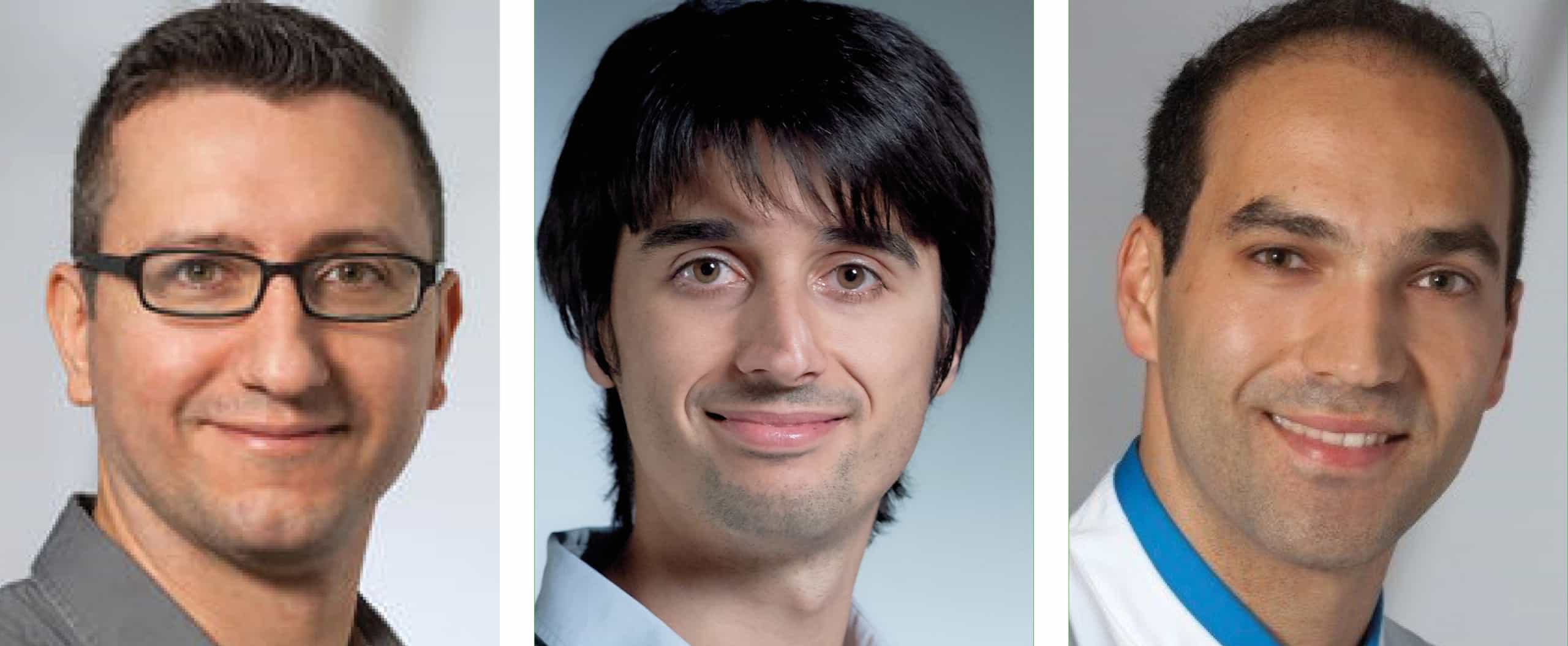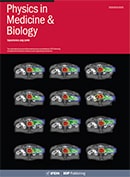Available to watch now, the IOP Publishing journal, Physics in Medicine & Biology, discusses the current state-of-the-art and future directions of helium ion therapy
Want to learn more on this subject?

Helium ion beam therapy is a re-emerging radiotherapy modality for the treatment of cancer, initially studied in the mid-20th century alongside other charged particle beams. Shutdown of these clinical trials was followed by decades of research and clinical silence on the topic while proton and carbon ion therapy made debuts at research facilities and academic hospitals worldwide. Now, there is rising interest to establish both clinical and research programmes using helium ion beams. Considering the intermediate physical and radio-biological properties between the two major clinical beams proton and carbon ion beams, helium ions may provide a streamlined economic steppingstone towards an era of widespread use of different particle species in light and heavy ion therapy.
This webinar will feature talks from clinical and physics leads on the helium ion therapy programme recently started at the Heidelberg Ion-beam Therapy Center (HIT). Covering the various topics from the recent publication Roadmap: helium ion therapy, the speakers will address the prospective tasks and challenges that will direct the clinical introduction of active scanning helium ion beams, calling for interdisciplinary collaboration between physicians, physicists and radiobiologists within the scientific community to realize the full clinical potential of this technology.
Want to learn more on this subject?

Speakers
Andrea Mairani obtained his degree in nuclear physics at the University of Milan followed by a PhD in medical physics from the universities of Pavia and Houston. He subsequently worked for the establishment of the Heidelberg Ion-Beam Therapy (HIT) as postdoc then he moved to the National Center for Oncological Hadrontherapy (CNAO) as responsible of Monte Carlo calculations for the commissioning and the start-up of the clinical operation at CNAO. He returned in 2016 to HIT establishing the BioPT (Biophysics in Particle Therapy) group. His main research interests lie in the development of Monte Carlo methods, advanced biological models and new treatment modalities (helium-ions, multi-ions, ion arc and FLASH) for particle therapy. He is the author or co-author of more than 140 peer reviewed papers.
Thomas Tessonnier is a medical physicist/scientist (BioPT group), Heidelberg Ion-Beam Therapy Center (HIT), Department of Radiation Oncology, Heidelberg University Hospital (UKHD), Heidelberg, Germany. From 2017–2022 he was medical physicist, Proton Centre CYCLHAD/ARCHADE, Centre François Baclesse (Caen, France).
Semi Harrabi is a radiation oncologist at University Hospital Heidelberg and primary responsible for the Heidelberg Ion Beam Therapy Centre (HIT). His field of interest and expertise lie in pediatric cancers, neuro-oncology, sarcoma and the application of high-precision radiotherapy with charged particles. His research aims to develop innovative treatment options with protons, helium and carbon ions to improve outcome and decrease the burden of treatment related sequelae. He is an active member of both national and international working groups related to particle therapy or pediatric oncology and serves on the steering committees for osteosarcoma (COSS), rhabdomyosarcoma (CWS) and the SIOPE radiation oncology working group. Further, he is co-founder of the consortium reference radiotherapy for the German pediatric oncology society and head of the national radiotherapy reference institution for pediatric low-grade glioma.
Physics in Medicine & Biology is an international journal of biomedical physics and engineering.
Editor-in-chief: K Parodi, Ludwig-Maximilians University, Munich, Germany.




